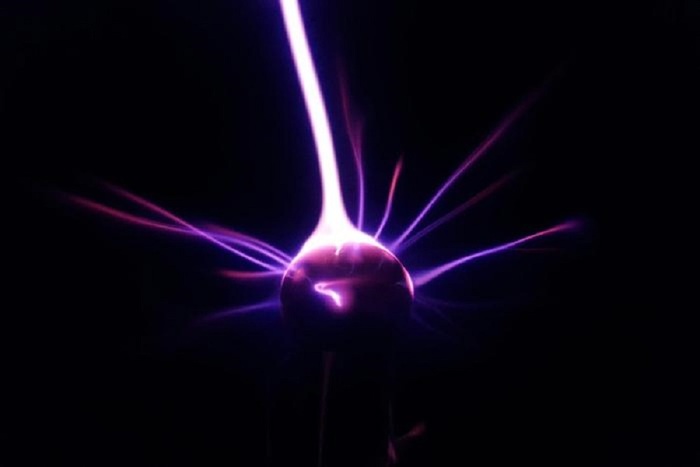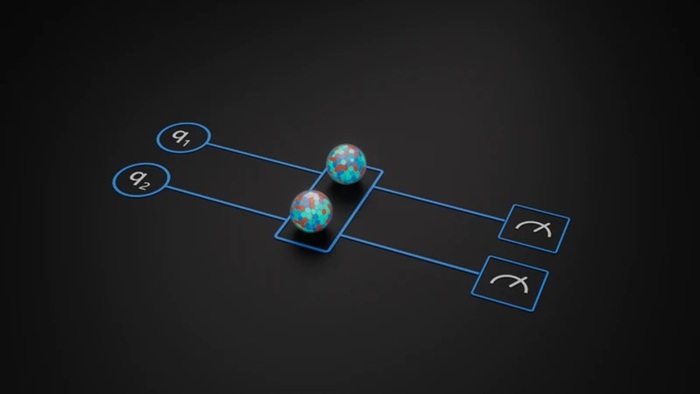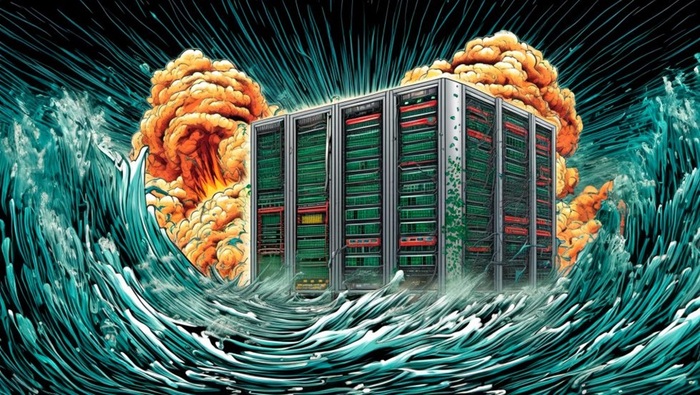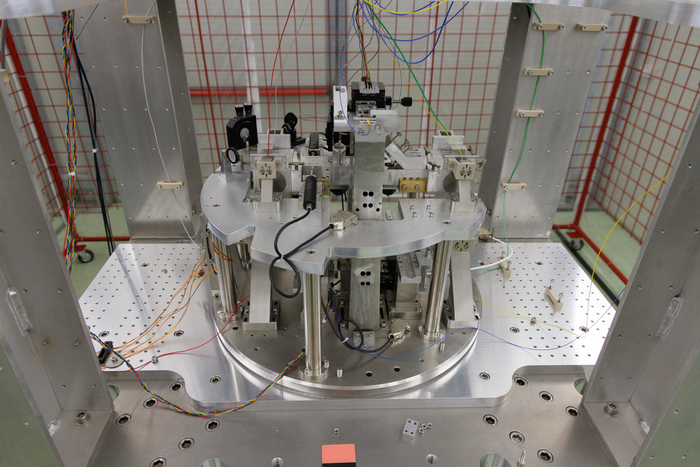Recreation of the black hole Cygnus X-1.NASA/CXC/M.Weiss
Quantum mechanics and the theory of relativity are like Cain and Abel, two mismatched children of the same nature, but one focused on matter at subatomic scales and the other linked to the macroscopic world.
Both theories are incompatible, so finding a point of reconciliation is essential to understand physical reality.
A step in this direction has been taken with the first quantum simulation of a wormhole carried out with the Google Sycamore processor, as published by
Nature on Wednesday.
.
With this experiment it has been observed, according to Maria Spiropulo, a physicist at the California Institute of Technology (Caltech) and one of the authors of the work, "that the properties of a quantum system coincide with what is expected in a gravitational system", a discovery that allows progress in the study of black holes and the hypothesis of quantum gravity in the laboratory using computers based on this mechanics.
A new door to understand the universe.
A wormhole, also known as an Einstein-Rosen bridge, is a shortcut through space and time, as if there was a short path between two galaxies light-years away.
As has been shown theoretically, this shortcut can be generated when two entangled black holes are created.
The wormhole would be similar to two funnels joined by the smaller mouth and with the black holes at the more open ends.
However, contrary to what is reflected in science fiction movies, this shortcut in space cannot be used by itself to transmit information.
The problem is that if any object or message is thrown through it, it never reaches the other end, as the hole stretches and narrows.
In fact, the object ends up destroyed in a central singularity, as is usual when entering a black hole, which does not let even light through.
However, if a conventional interaction (transmitted at the speed of light) is established between two observers located at the ends of the wormhole, the hole opens in such a way that it can be traversed.
This phenomenon cannot be observed experimentally, since it is not feasible to create two entangled black holes in a laboratory.
However, it is possible to study the "holographic equivalent" of this process, one of the achievements of the study published today.
More information
Fundamental guide by Alberto Casas to understand quantum physics
Alberto Casas, CSIC Research Professor at the Institute of Theoretical Physics (CSIC-UAM) and author of
The Quantum Revolution
(Editions B, 2022), simplifies it to make it understandable.
“It's like a cylindrical can.
Inside there are three dimensions, but the ends are two-dimensional, flat.
Everything that happens inside, with gravity, has a reflection or can be seen on the lids, where there is no gravity”.
It is what is called the holographic principle, which is suspected to be fulfilled in a theory of consistent quantum gravity and by which, as Casas explains, "what happens in a theory with gravity has an equivalent in a theory without it and with one dimension less.
Specifically, the wormhole in the theory with gravity would be seen as a quantum entangled system in the theory without it.
And the transmission of information through the wormhole would be seen as a phenomenon similar to quantum teleportation in the theory without gravity.
This is essentially the work published this Wednesday.
“The authors have created an entangled system between two parts of a quantum computer, the holographic equivalent of which is a wormhole.
And they have verified that there is a transmission of information between those parts through that kind of quantum teleportation, mimicking exactly what would happen through the equivalent wormhole”, Casas clarifies.
Representation of the quantum-simulated wormhole.Nature
The phenomenon is very striking, since the message written by Alice [name used in quantum physics to define a sender] seems to be irremediably lost within the first subsystem, but shortly after it reappears in its entirety in Bob's subsystem [the receiver of the message].
“It's like Alice wrote a message on the surface of the water.
Apparently, she would be lost in the movements of trillions of water molecules, impossible to recover.
However, we can imagine that, shortly after, the message reappears in its entirety at another point on the liquid surface.
This surprising behavior is what actually happens between the two entangled systems that have been created in this experiment.
The amazing phenomenon is somewhat more understandable if we think of its holographic equivalent:
The quantum revolution
.
“What has been achieved”, adds Casas, “is very interesting because with a more powerful computer [only nine qubits have been used in the simulation] macroscopic systems could be simulated and the effects of quantum gravity studied on them”.
The study published in
Nature
admits that the simulation could have been carried out with conventional computing, but the use of Google Sycamore adds a fundamental element.
In this sense, the California Institute of Technology highlights that the simulation completed with the Google computer "opens up the possibility of doing quantum gravity experiments on processors based on this physics", thus multiplying the possibilities of studying this science and this computing.
The same is the opinion of Ignacio Cirac, director of the Theory Division of the Max-Planck Institute for Quantum Optics in Garching (Germany).
“Existing quantum computer prototypes or those to be built in the near future may become a key tool for addressing fundamental questions.
The experiment is still very basic, but it is an important step.
This type of simulation can provide information on how black holes behave, especially when we study them from the perspective of quantum physics”, Cirac explains to the Science Media Center (SMC).
Carlos Sabín, a Ramón y Cajal researcher in the Department of Theoretical Physics at the Autonomous University of Madrid (UAM), also considers it important to understand that no wormhole has been created in this experiment.
"We are talking about an analogy," he qualifies.
But he points out that the experiment involves creating "a dictionary that translates what happens to the real qubit into the language of what would happen to the simulated or virtual qubit."
“The authors”, Sabín also adds to SMC, “introduce techniques that show how the experiment could be efficiently extended to a higher number of qubits, so that an experiment beyond the capabilities of a conventional computer could be performed once we have quantum computers with lower error probabilities, which is expected in the coming years.”
"In any case",
Adam R. Brown and Leonard Susskind, researchers at Google and the Department of Theoretical Physics at Stanford University (California) stand out in
Nature
the relevance of the simulation of the holographic principle as a "guide to combine quantum mechanics and general relativity", an aspect sought for decades to find a theory that allows us to understand nature.
And they also highlight the importance of information transmission: “In the non-gravitational description, the appearance of the uncoded message elsewhere is an unequivocal prediction of quantum mechanics, but it is somewhat mysterious.
The surprise is not that the message arrived somehow, but that it arrived undeciphered.
However, this is easily understood from the gravitational description: the message arrives undecrypted on the other side because it has passed through the wormhole.
"We might expect that, in the future, quantum communication techniques will be invented that are too difficult to analyze by conventional means, but that use holographic duality as a powerful analysis and discovery tool," they conclude.
You can write to us at
rlimon@elpais.es
, follow
EL PAÍS TECNOLOGÍA
on
and
and sign up here to receive our
weekly newsletter















